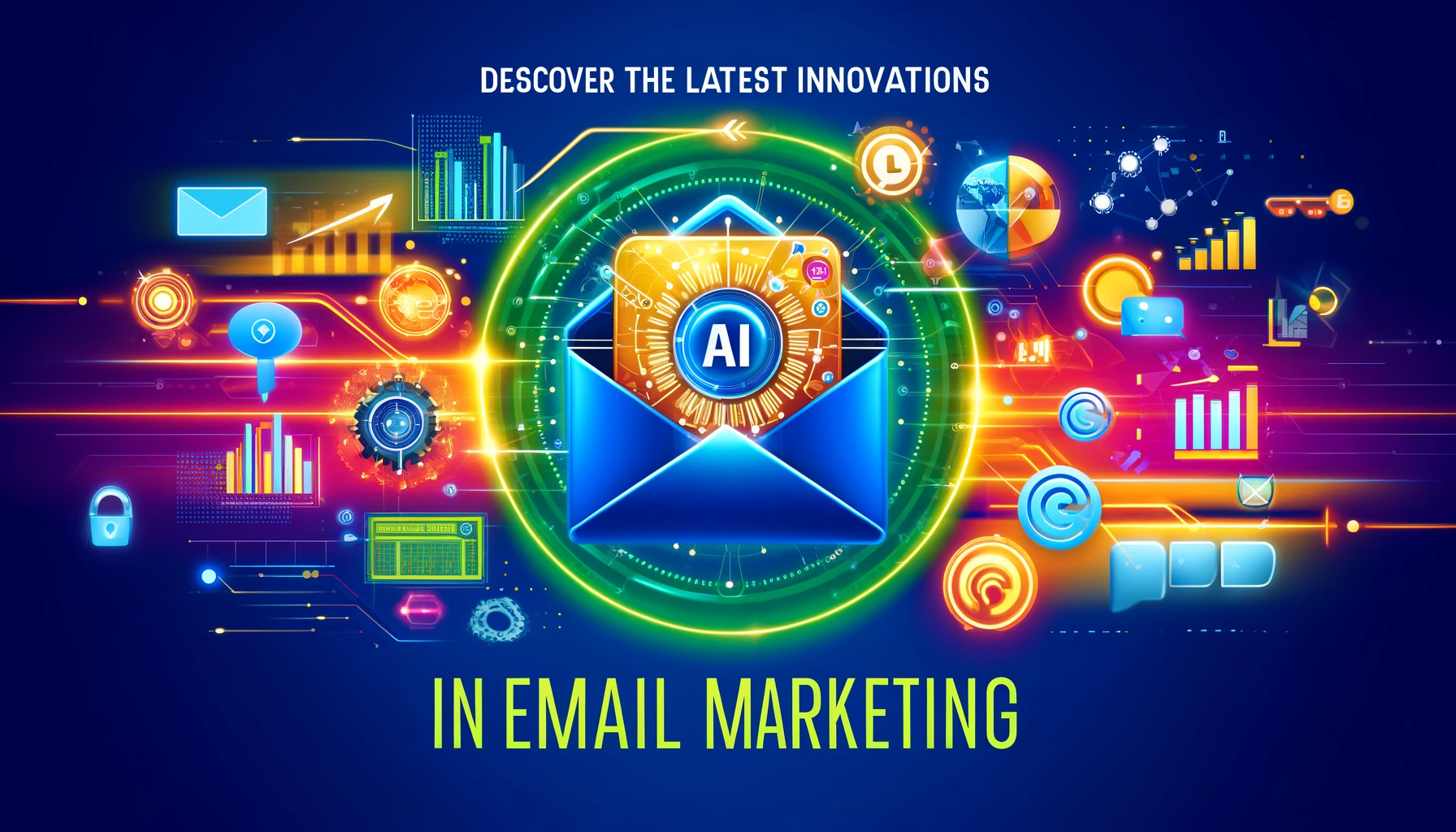Email marketing is continually evolving, with new technologies and strategies emerging to help businesses better connect with their audiences. At Apex Email Marketing, we’re excited to share the latest trends and innovations that are shaping the future of email marketing. Here’s what you need to know to stay ahead in 2024.
1. AI-Powered Personalization
Artificial intelligence (AI) is transforming email marketing by enabling deeper personalization. AI can analyze vast amounts of data to predict customer behavior, segment audiences more precisely, and craft highly personalized content. This means your emails can be tailored to individual preferences, increasing engagement and conversion rates.
2. Interactive Emails
Interactive emails are becoming increasingly popular as they offer a more engaging experience. These emails can include elements like:
- Surveys and polls: Collect feedback directly within the email.
- Image carousels: Showcase multiple products or features.
- Accordion features: Allow readers to expand and collapse sections of content.
- Embedded videos: Enhance storytelling with video content.
3. AMP for Email
Accelerated Mobile Pages (AMP) technology, initially designed for fast-loading mobile web pages, is now being integrated into email. AMP for email allows for dynamic and interactive content within the email itself, such as:
- Real-time updates: Display live content like current prices or inventory levels.
- Forms and actions: Enable users to fill out forms or RSVP to events directly from the email.
- Carousels and accordions: Enhance the user experience with interactive elements.
4. Advanced Segmentation and Targeting
Segmentation has always been crucial in email marketing, but advanced segmentation takes it to the next level. By using detailed customer data and behavioral insights, you can create highly specific segments, such as:
- Purchase behavior: Target customers based on their buying history.
- Engagement level: Send different content to highly engaged users versus those who are less active.
- Customer lifecycle stage: Tailor messages to where the customer is in their journey, from awareness to post-purchase.
5. Predictive Analytics
Predictive analytics uses historical data to forecast future behavior, helping marketers anticipate customer needs and actions. This can be applied to:
- Product recommendations: Suggest products based on past purchases and browsing behavior.
- Send time optimization: Determine the best times to send emails for each recipient.
- Churn prediction: Identify customers who are at risk of unsubscribing or becoming inactive and target them with retention campaigns.
6. Hyper-Personalized Content
Beyond just using the recipient’s name, hyper-personalization involves tailoring content to individual preferences and behaviors. This can include:
- Dynamic content blocks: Show different images or text based on the recipient’s profile.
- Personalized product recommendations: Curate product suggestions based on past interactions.
- Location-based offers: Provide special deals or information relevant to the recipient’s location.
7. Enhanced Data Privacy and Compliance
With increasing regulations around data privacy, such as GDPR and CCPA, it’s crucial to ensure your email marketing practices are compliant. Innovations in data privacy include:
- Consent management: Tools to easily manage and document user consent.
- Data encryption: Protecting customer data with advanced encryption methods.
- Transparent data practices: Clearly communicating how customer data is used and providing easy opt-out options.
8. Voice-Activated Email Interactions
As voice assistants like Amazon’s Alexa and Google Assistant become more prevalent, voice-activated email interactions are on the rise. Users can now:
- Read emails aloud: Have their emails read to them by their voice assistant.
- Perform actions: Respond to emails or add items to a cart using voice commands.
9. Sustainability-Focused Email Campaigns
With a growing emphasis on sustainability, email marketers are adopting eco-friendly practices. This includes:
- Minimalist designs: Reducing the email’s carbon footprint by using lighter designs.
- Promoting sustainability initiatives: Highlighting your brand’s commitment to sustainability in email content.
- Eco-friendly incentives: Offering discounts or promotions for customers who choose sustainable products.
10. Omnichannel Integration
Integrating email marketing with other channels creates a seamless customer experience. This strategy includes:
- Unified customer profiles: Centralizing data from various touchpoints to create a holistic view of the customer.
- Cross-channel campaigns: Coordinating email campaigns with social media, SMS, and other channels for consistent messaging.
- Automated workflows: Using triggers from other channels (e.g., a social media interaction) to send targeted emails.
Conclusion
Email marketing continues to innovate, providing new opportunities to engage and connect with your audience. By embracing these latest trends and technologies, you can create more personalized, interactive, and effective email campaigns. At Apex Email Marketing, we’re here to help you navigate these changes and implement cutting-edge strategies. Ready to elevate your email marketing? Contact us today to learn how we can help your business grow.

